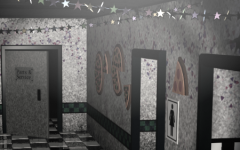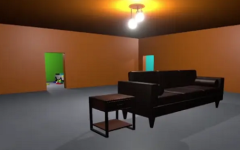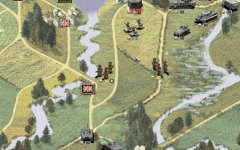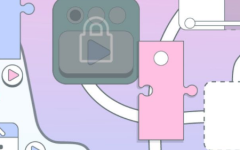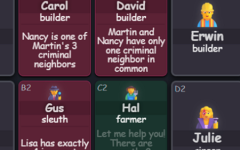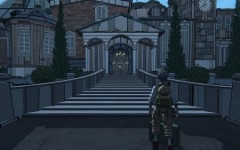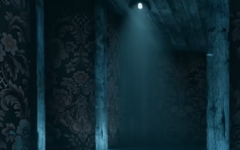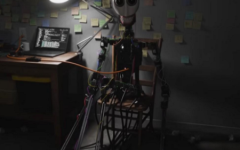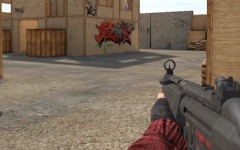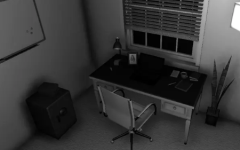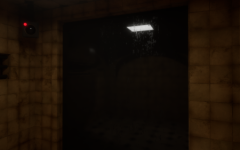Advertisement
True Nightmare Roadside Сafe
Advertisement
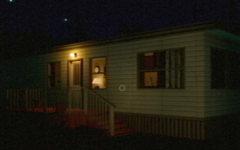
True Nightmare Roadside Cafe is a first-person horror experience that places players in the shoes of Mary, a young woman working the overnight shift at a roadside café deep in the middle of nowhere. The game focuses on routine tasks—serving customers, preparing meals, and cleaning the workspace—but it quickly becomes clear that something is wrong. What begins as a quiet night job gradually turns into a surreal experience where reality begins to shift, and the player is left to interpret what’s happening without clear answers or direct exposition.
Shifts That Never Feel the Same
Each gameplay session represents a single night shift. Mary follows a familiar process: turning on the lights, stocking the fridge, flipping signs, and handling the occasional customer. But repetition breeds discomfort. The visitors grow stranger, the timing of events becomes inconsistent, and items in the café start to move or disappear. The environment never reacts in the same way twice, creating a sense of instability that builds over time. At moments, players are encouraged to step outside into the dimly lit surroundings, uncovering fragments of something larger than the café itself.
Core Elements and Gameplay Structure
The gameplay relies on environmental storytelling and quiet interaction. There are no weapons, enemies, or traditional objectives—only tasks and choices. These include:
- Managing food preparation and customer service
- Cleaning, restocking, and maintaining the café space
- Noticing changes in behavior, layout, or sound
- Choosing dialogue responses to unusual patrons
- Investigating optional areas during specific moments
The strength of the game lies in how it uses normal activities to introduce horror. The tension does not come from monsters or violence, but from the unraveling of what once felt predictable.
Visual and Auditory Design
The visual approach uses a VHS-inspired filter, reducing visual clarity in a way that mimics old surveillance footage. Objects occasionally distort, and shadows appear deeper than they should be. Sound design reinforces the setting: the hum of equipment, footsteps on tile, and the soft buzz of a flickering light are constant companions. When something breaks that rhythm—a sudden voice, a wrong music track, a door that shouldn’t be open—it carries weight. There is no soundtrack guiding emotion; players must rely on their own instincts to decide what feels out of place.
Psychological Themes and Pacing
True Nightmare Roadside Cafe explores themes of isolation, repetition, and uncertainty. It challenges players to keep moving forward despite growing discomfort. The absence of overt danger makes the subtle shifts more unsettling, forcing the player to confront what it means to feel unsafe in a familiar space. The game doesn’t force confrontation—it invites observation. Players who pay close attention will uncover hidden patterns, reoccurring elements, and possibly uncover the truth behind the strange events.






















































































































